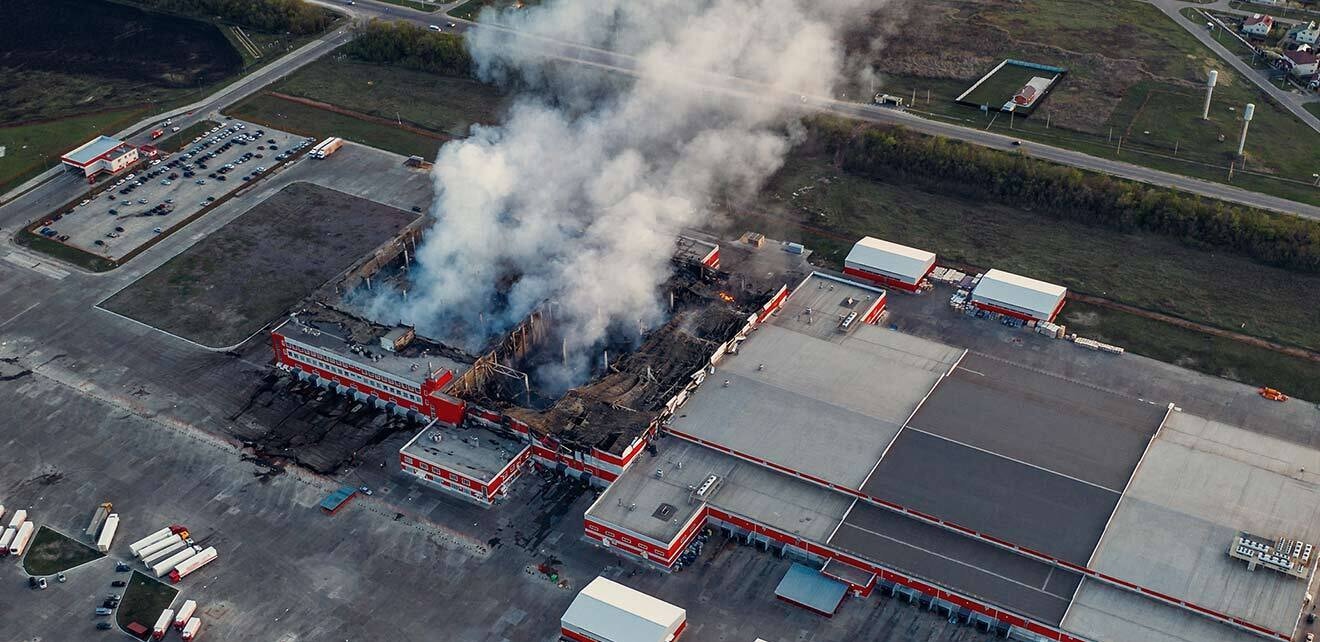Home > Blog
Read Time — 4 minutes
Disaster Preparedness: A Journey To The Cloud

Natural disasters are increasing in both frequency and severity, meaning the likelihood of future impacts on manufacturers continues to rise. Among the many difficult consequences of these disasters is a damaged economy. According to the National Centers for Environmental Information, the U.S. experienced 18 climate disasters in 2022, each incident causing over $1 billion in damage for a total of $175 billion. Last year, showed no relief, with at least 23 disasters qualifying for the billion-dollar category.
These are not isolated incidents, nor is their impact limited to specific regions. From January 2013 to January 2023, 88.5% of U.S. counties had a declaration of a natural disaster, which included 95% of the 200 most densely populated counties. Severe storms, such as Hurricane Ian, damaged 2,800 manufacturing facilities spanning automotive, chemical, plastics and machinery verticals, leaving other facets of the supply chain disrupted as well. Trucking shortages, rising gas prices and inflation, and power outages can continue to prevent work from getting done. Even after a storm has passed, manufacturers may see a decrease in demand because of the worsened economic environment.
Cloud solutions are essential for manufacturers to weather the storm that natural disasters bring in their wake.

On-Premise Solutions Leave Manufacturers Vulnerable
When disasters hit, businesses with on-premise servers face severe consequences as a result of physical damage. High winds and flooding pose a substantial risk to server facilities, while power outages restrict access to critical data and business applications. Business challenges don’t cease when the storms do. Inaccessible facilities can delay technicians’ ability to retrieve and restore data, leading to additional downtime. The cost of repairing or replacing damaged hardware, coupled with the time needed to rebuild infrastructure, only compounds the financial burden. Without remote access to data and applications, employees have no ability to work effectively amid the disaster recovery efforts.
Because many challenges often occur simultaneously during and after a natural disaster, manufacturers struggle to make a quick return to full operations. Given the general infrastructure and economic challenges, organizations cannot afford to increase hardship with internal processes. Failing to adopt cloud technologies means risking both financial losses and reputational damage.
Safety in the Cloud
Cloud solutions offer a relief from the damage that can result with an on-premise setup. A cloud-based enterprise resource planning (ERP) system effectively prevents physical destruction to businesses’ IT setup and data servers. Unlike on-premise servers that are vulnerable to natural disasters, a cloud-based ERP system stores valuable information in secure, remote locations. Crucially, this mitigates the damage that can incur from a natural disaster hitting a business. Manufacturers can proactively and easily avoid IT damage and data loss before they occur.
By simplifying and centralizing data and systems, the recovery process is expedited and employees can quickly resume work using internet-connected devices. Because important data is stored securely in the cloud, even if the physical office is damaged, the data remains safe in other areas. Business continuity— even in the face of natural disasters—is possible through the cloud.

Best Practices for Moving to Cloud Operations
Typically, data migration requires moving data from different systems, formats, and storage types into a unified and standardized structure. In short, it can be overwhelming. The following steps will help guide a journey to a safe and secure data setup.
Select an ERP vendor: The right ERP vendor should be able to demonstrate experience and expertise in areas such as data migration, compatibility with current IT infrastructure, implementation methodology, support services and scalability. Alignment in these areas is a crucial first step in a successful cloud journey.
Establish data sources: Identify key data sources such as on-site servers, external drives or previous cloud-based business software systems. Include essential master data, historical and transactional data, making your selections based on accuracy and value.
Map the data: Vendors work with manufacturers to map data to the ERP database structure before importing. Comparing source data and fields to ERP target data will help ensure alignment, which is essential before moving forward.
Migrate the data: Transform data into a suitable format and load it into the new ERP system. With the previous steps in place, this should be seamless as vendors work closely with the data migration team.
Check and test operations: Check for completeness and accuracy by comparing the migrated data with the source data to ensure that all data has been uploaded accurately. ERP is ready for use once the check is complete.
Better Protection
By adopting a cloud-based ERP solution to run your business, manufacturers can effectively defend against infrastructure damage, data loss and the complications that follow, ultimately maintaining operations with ease. While natural disasters pose a significant threat, that hazard need not extend to manufacturers’ data.
Originally published by SME Media in Smart Manufacturing magazine.



